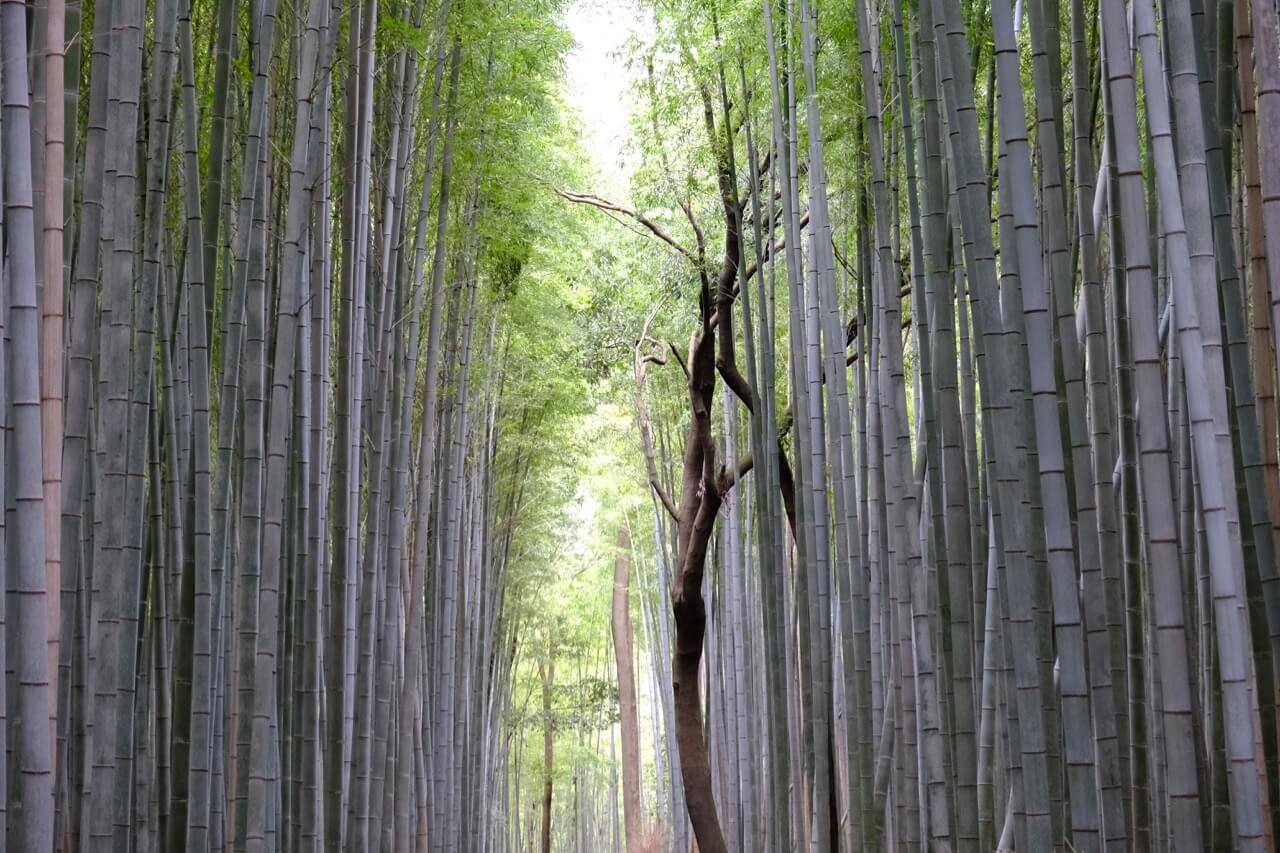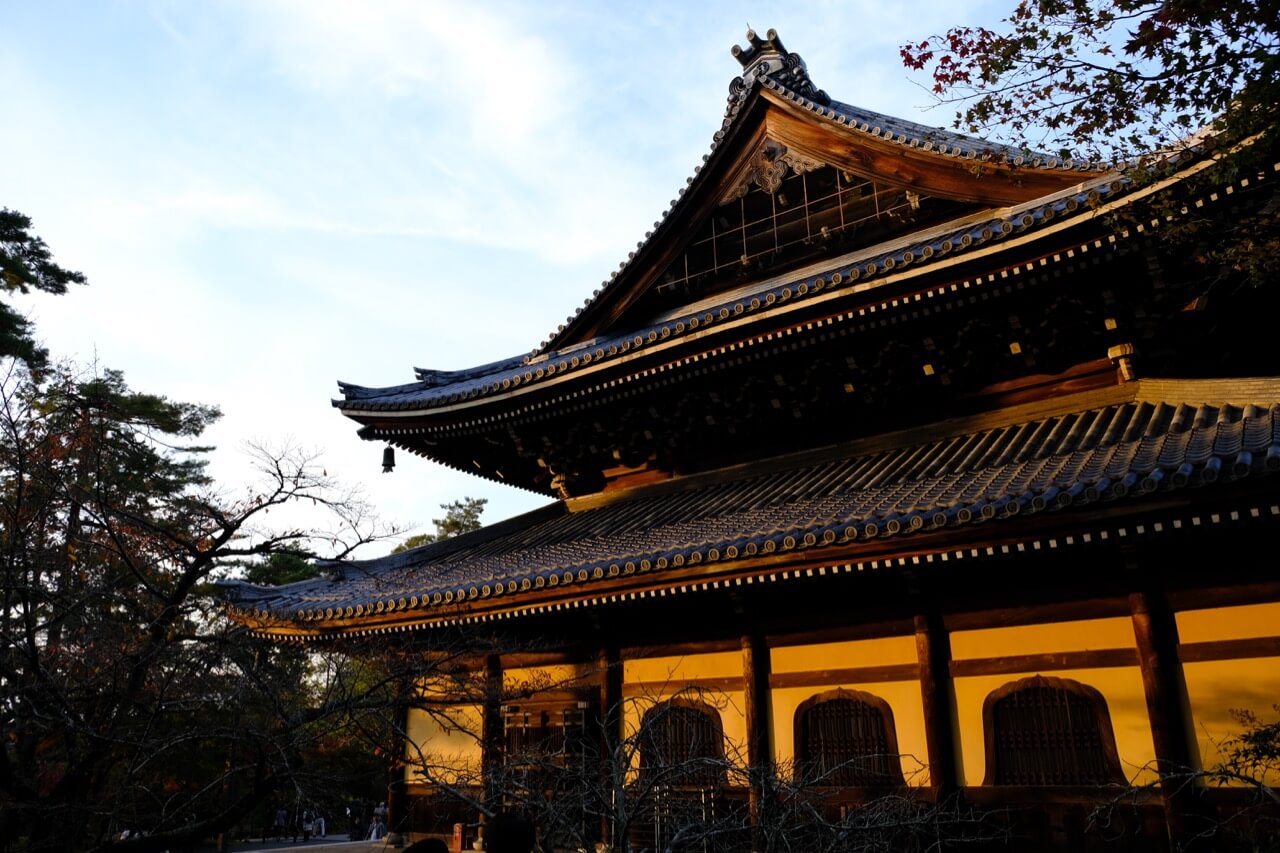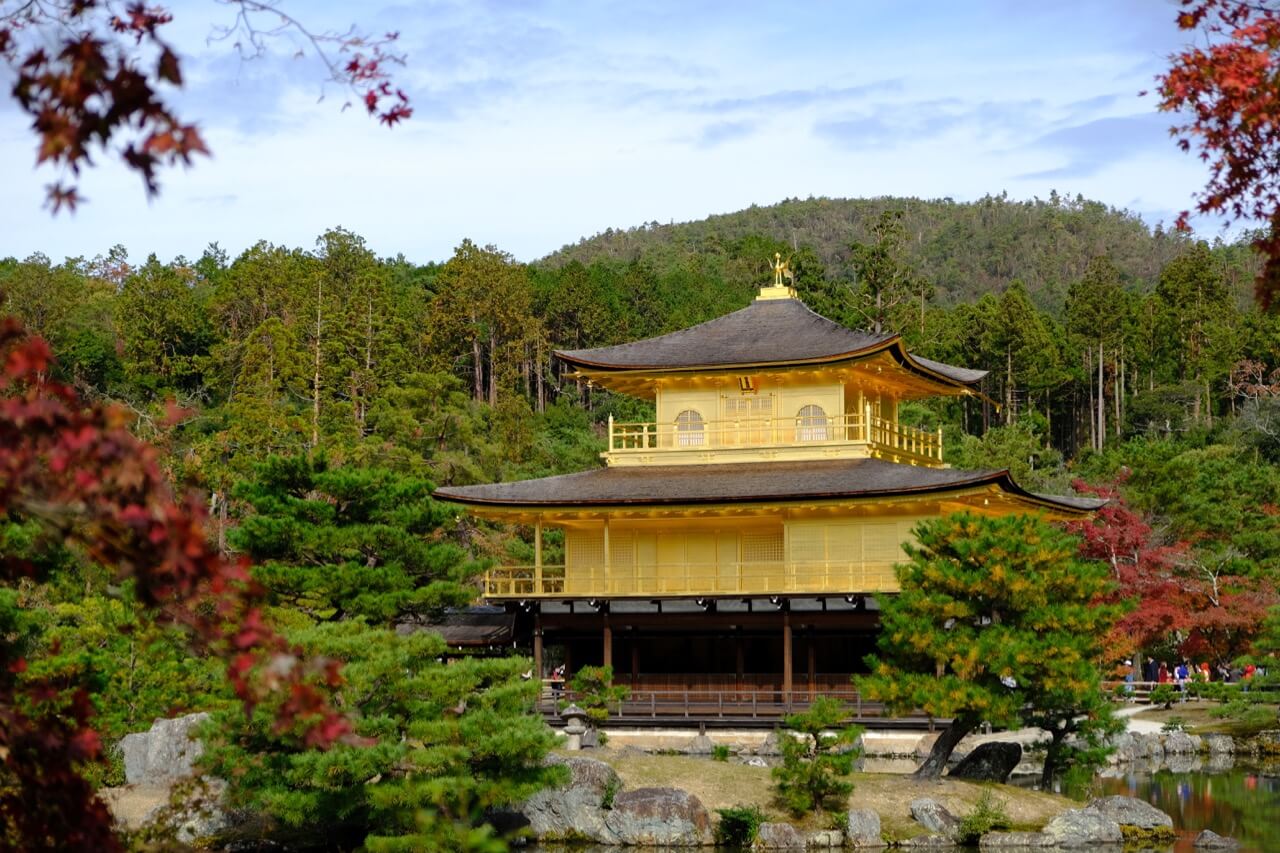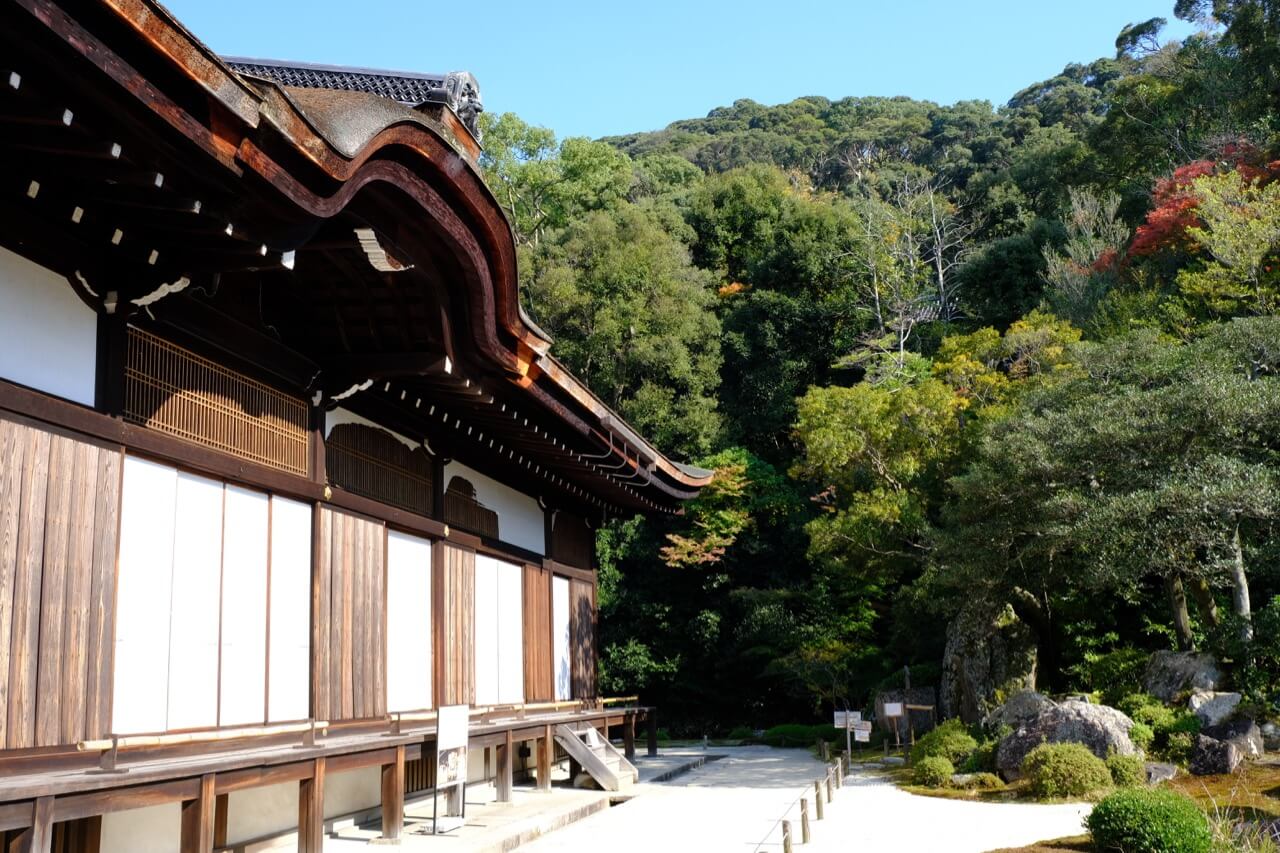Kyoto is the original capital of Japan - this goes to explain why there are so many temples and so much culture to take in when you stay there. While you’ll be spending most of your time wandering around temples, shrines, and their incredible gardens, you should also check out a tea ceremony, and eat some fantastic food. I've here collected some of the things we did that I enjoyed most.
Before we get into it though - I recently relaunched my photography portfolio. It features some of the photos I've shared in this blog along with some of my favourite from around Dublin. Take a look atnd let me know what you think!
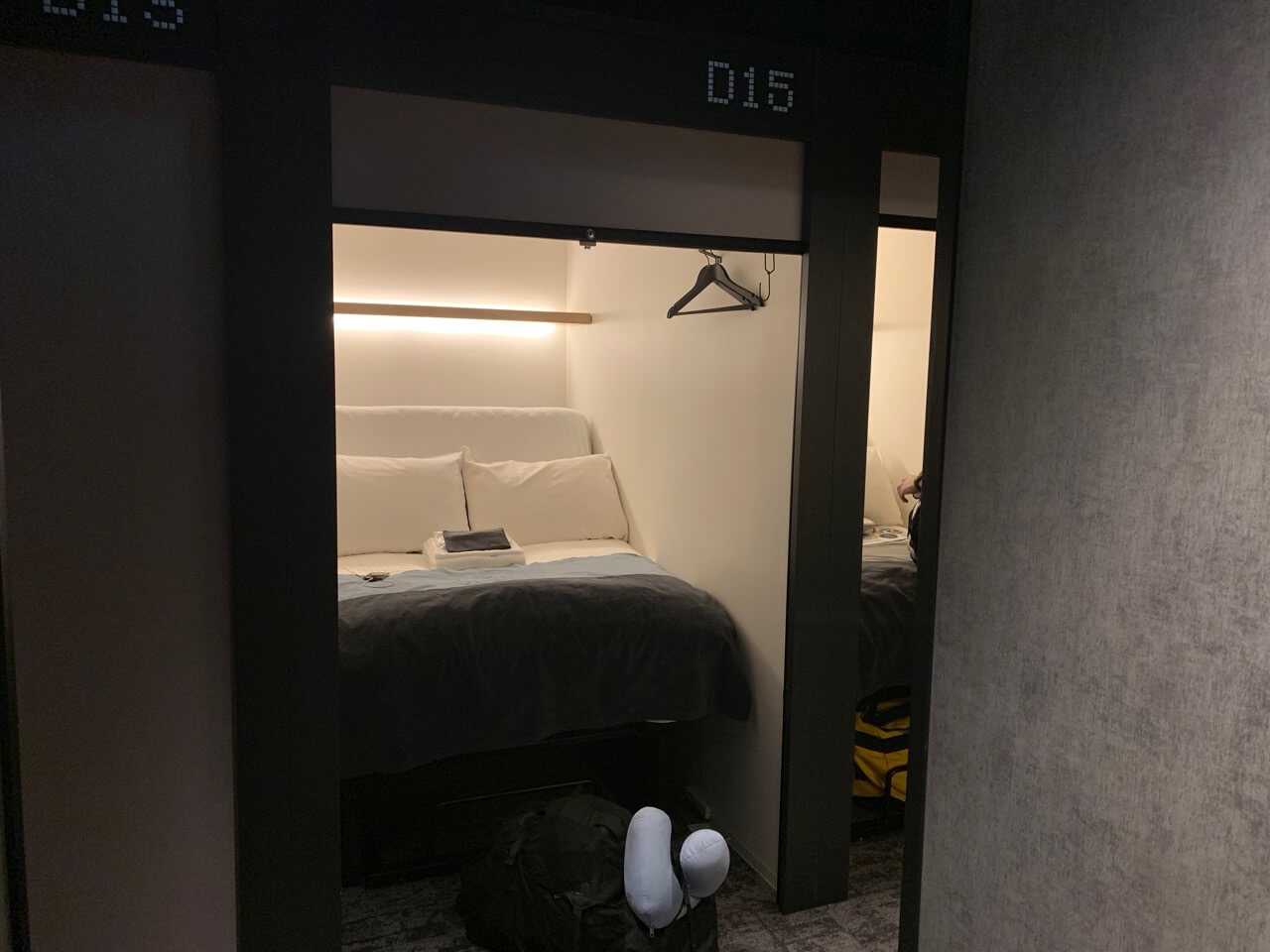
My capsule in The Millennials - in the morning the bed turned into a sofa to wake me up. Very effective.
We stayed in a capsule hotel called The Millennials. So long as you’re ok with what you’re getting yourself in for with capsule hotels, it’s okay, and actually quite roomy in comparison to most capsules! It was pricier, but more comfortable, than the hostel that we stayed in later in our trip, in Osaka. (I wouldn’t have traded that hostel experience for anything though - I’ll write about it shortly so subscribe at the bottom of this post to get an email when I publish.)
What to see in Kyoto
Shrines
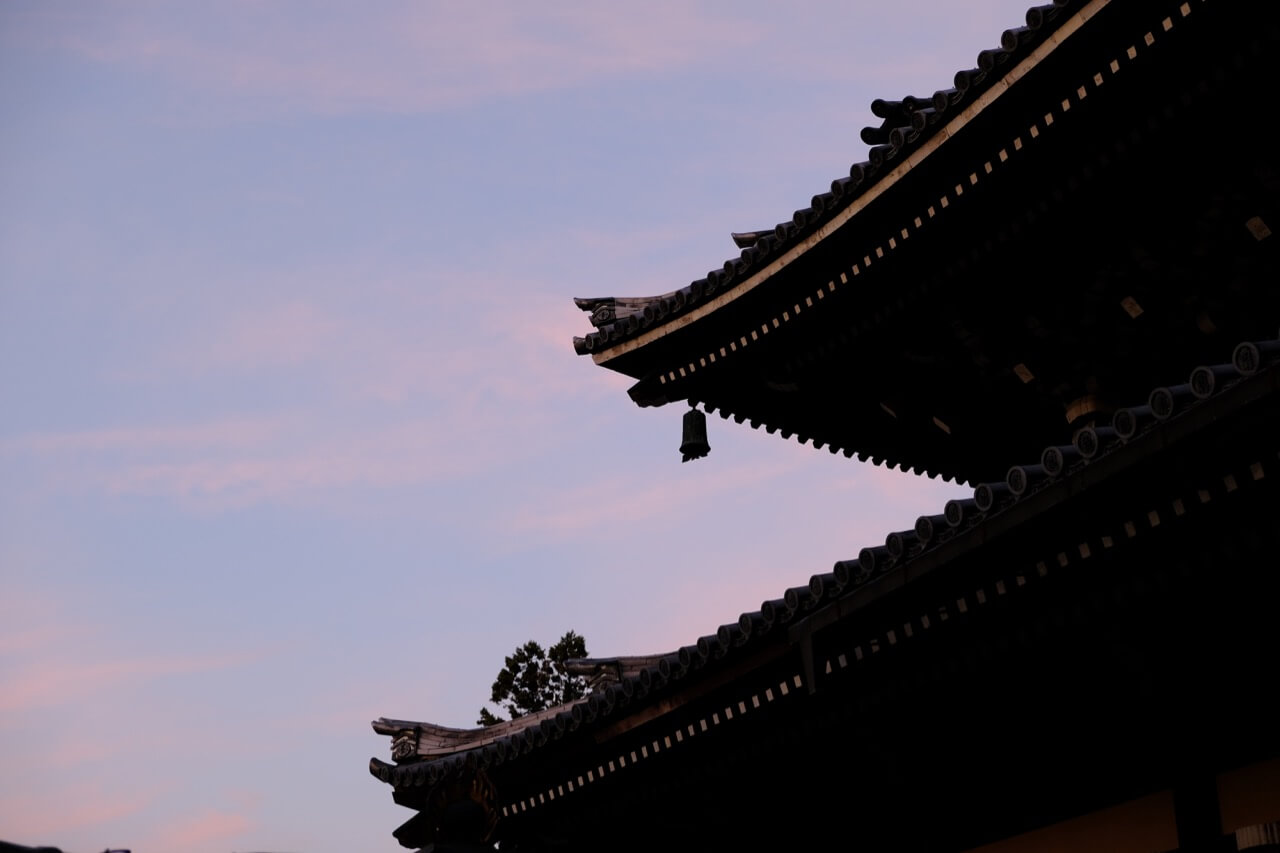
Kyoto is a city of shrines. If you’re here for a few days and don’t spend most of them wandering around and discovering all of the incredible temples, you’ve wasted your trip. You’ll learn that monks are incredible at wringing every last 100 yen coin from you, but it’s worth it to visit the gorgeous of the temples gardens and tour the ancient buildings. In particular I recommend that you visit the Jishu-jinja shrine. It was probably the most impressive shrine that we visited. Be sure to explore fully to experience the whole temple. Also on the must-see list is the Kinkaku-ji Temple - a temple which is entirely coated in gold. Go very early in the morning, as it gets crowded with tourists. Finally, be sure to visit Kiyomizu dera temple - a huge, beautiful, and serene place. Wander the grounds, and make sure to discover the secret in the pitch black. A monk will guide your way (and take another few hundred yen).
Kyoto Museum of Photography
If you find yourself wanting a break from the many temples of Kyoto, seek out the small Kyoto Museum of Photography. Sure, I’m a bit of a photography nerd, and I barely escaped making multiple purchases. Much like the modern art gallery I mentioned in my post about Tokyo, you stand a solid chance of getting to meet and chat to the photographers.
Kurama-dera
There are some fantastic walks around the Kurama-dera Temple in Kyoto. There’s also a slightly bizarre museum at the very tippy-top of this temple hike, and while there is almost zero English anywhere, it is interesting enough. I’ll leave it up to you on if you wish to visit depending on how tired you are after all the walking. Once you’re back down again, head up-hill for about 10 minutes to get to a wonderful outdoor Onsen.
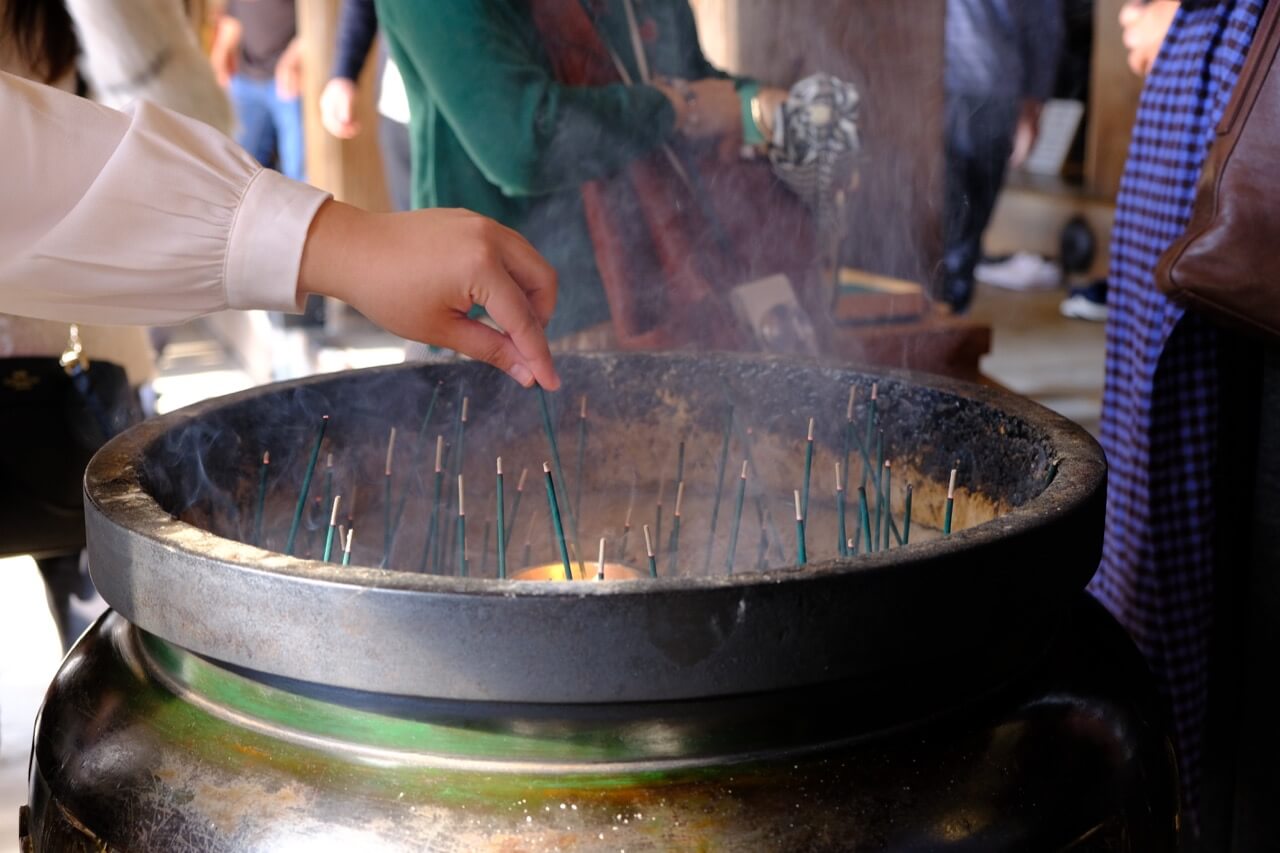
How to use an Onsen
Onsen are the public baths of Japan. I didn’t mention any in the Tokyo post because the true Onsen gems are out in the countryside. Much like temples have complex routines in order to allow you to enter, Onsen have a series of traditions and rules that you must follow. Thankfully they’re all pretty reasonable and mostly involve keeping the water clean. The most important thing to know is that before you hop into the water (nude, no bathing suits please, so get comfortable with all your new friends) you should sit at the shower or taps near the bath and vigorously scrub yourself clean. And I do mean vigorous - it took us at least five minutes per Onsen of cleaning. People with tattoos are, in general, not welcome in the more traditional Onsen. If you have a small one try to cover it up with medical tape, or phone ahead to see if you'll be let in. (This is because of the Japanese association with tattoos and organised crime).
Cian's guide to how to visit an Onsen without offending anybody
- Sit yourself down at the tap and fill your bucket up with hot water
- Use the shower-head (if available) to wet your entire body
- By dipping your small towel (you did either bring or rent a small towel, right?) in the bucket of water to clean yourself from tip to toe with soap.
- Rinse yourself off again with the shower head
- Stand up and dump the soapy water down the drain. Use the shower head to clean out the bucket, as well as the stool that you sat on.
- Wring out your towel, and either fold it several times for balancing it on your head (which is the traditional method of towel storage in Japan’s Onsens) or place it carefully, away from the water. This towel must not touch the water, and neither should your hair. (I did this a few times and got several nods of approval and compliments from elderly men - including one who chatted up a storm, although neither of us really understood the other)
- Slowly and carefully enter the bath, it’s probably hotter than you expect, and enjoy!
Where to Eat in Kyoto
Camellia Tea Ceremony
As Kyoto is the city of culture, if you want to go to a tea ceremony this is the place to do it. While there are many tea ceremonies you can go to as a tourist, I really enjoyed the one which was put on by Camellia Tea Ceremony. It was given by a highly trained host, who kept us all in line and ensured we knew what was going on at all times. We learned not only about tea, but also about Japanese culture and how the tea ceremony is used almost as a form of meditation. I also now get to say that I know how to make a great cup of Matcha tea!
Gyoza Hohei
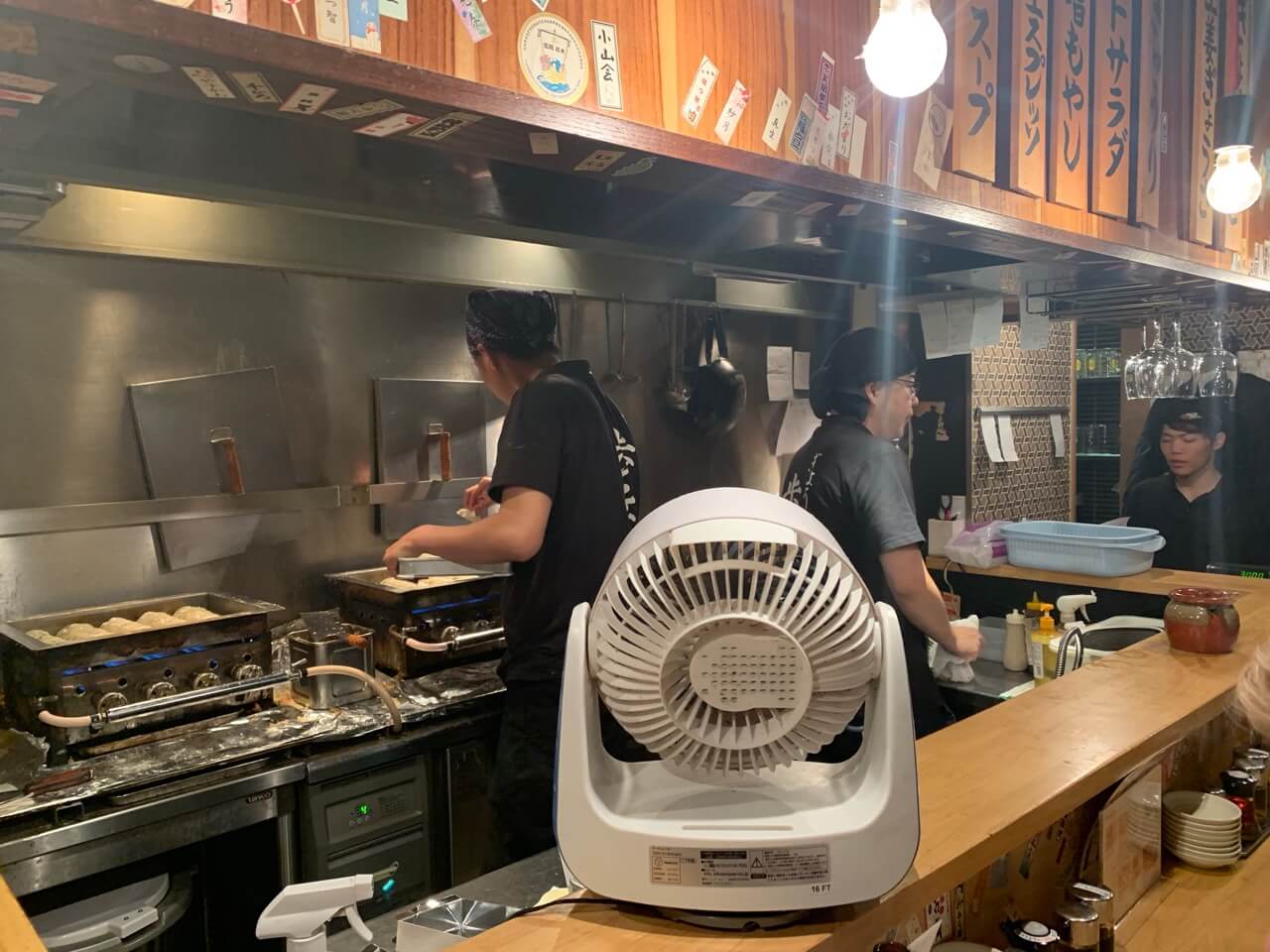
One of the several Michelin Guide restaurants that we accidentally went to during the trip, Gyoza Hohei is an incredible joint where you can sit up at the bar, and order the most amazing gyoza directly from the chefs. Be prepared to wait a little while for a chair, but you’ll be rewarded with the best, cheapest, gyoza that you’ve ever had. I think we ate at least four people’s worth between us. Since you’re sitting at the grill you had better get a nice cold beer to keep you company though!
Katsukura
Katsukura is a great Tonkatsu restaurant which is very near our hostel, The Millennials. While it is extremely difficult to find (we must have stood directly outside it for at least five minutes) it was well worth the search - fantastic Tonkatsu (both pork and chicken) and a wide array of sides. If you want to experience Tonkatsu cooking without breaking the bank, definitely try here.
If you find yourself visiting the Jishu-jinja shrine, wander into one of the ice-cream shops along the main road leading up to it and get yourself a matcha soft-serve ice cream. Your mind will be blown by how delicious it is.
Of course, also check out the various conveyor belt sushi places (I mentioned one in my post about Tokyo
I was trying to come up with more food recommendations here, but really - if you ever get hungry just wander into the closest restaurant that has a few people in it. You won’t be disappointed.
Final thoughts
Kyoto is an incredible place. Bars and restaurants ranging from the uber-traditional to the cutting edge are left, right, and centre. Pick some of the things I’ve mentioned here and do them, but also go off the beaten trail and just explore. That’s how I discovered several of my favourite things in Kyoto, from fantastic food to serene shrines and cool coffee shops.
